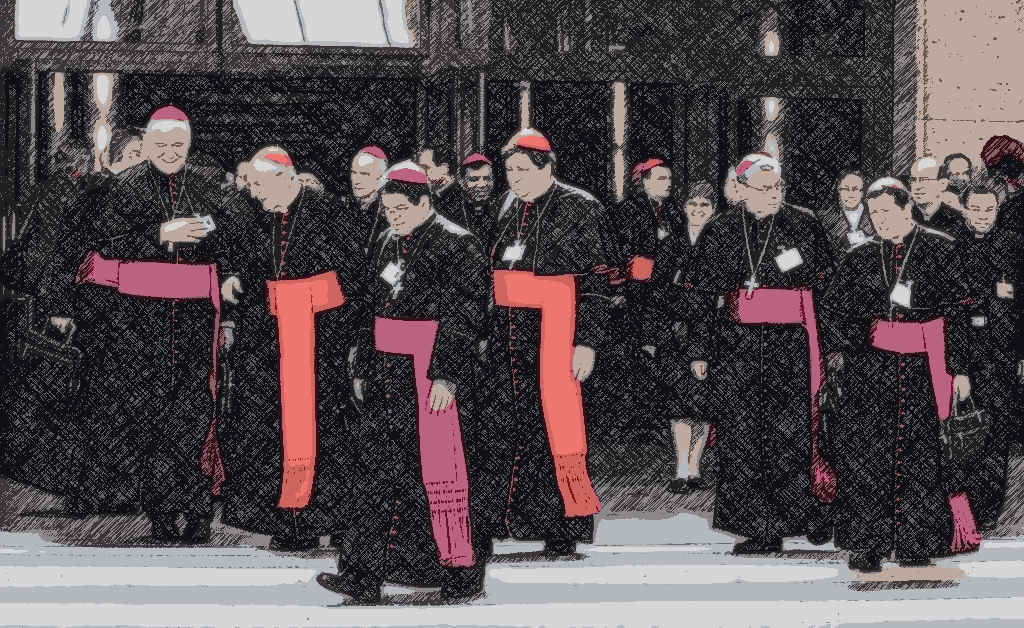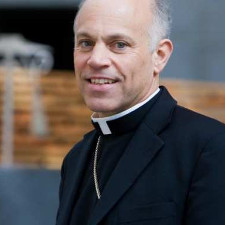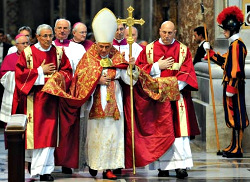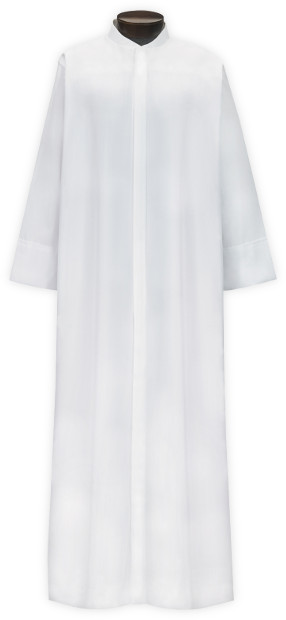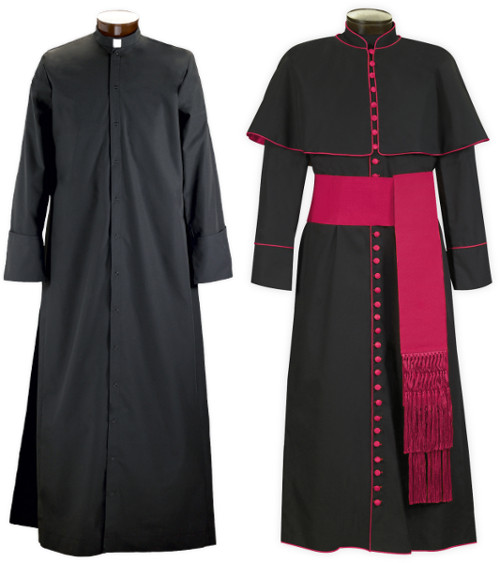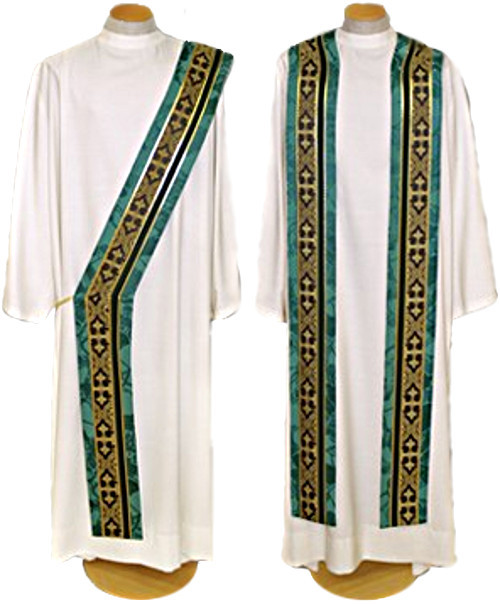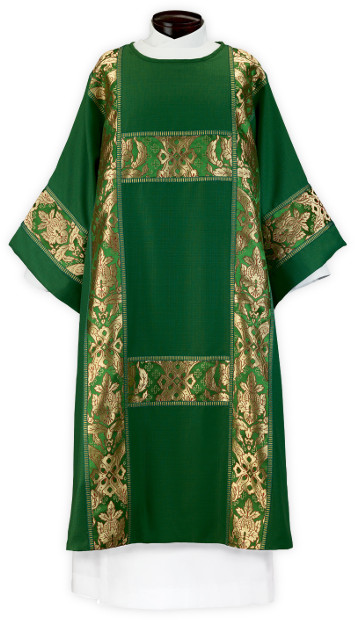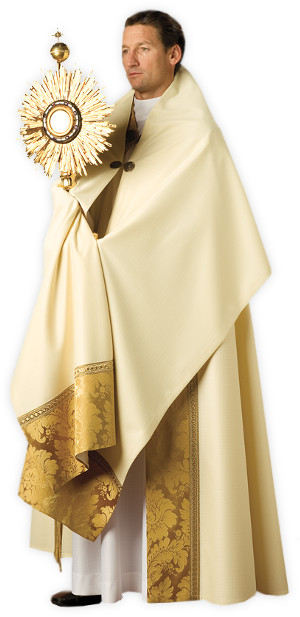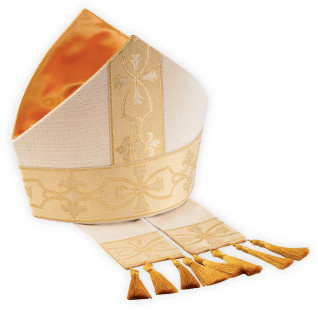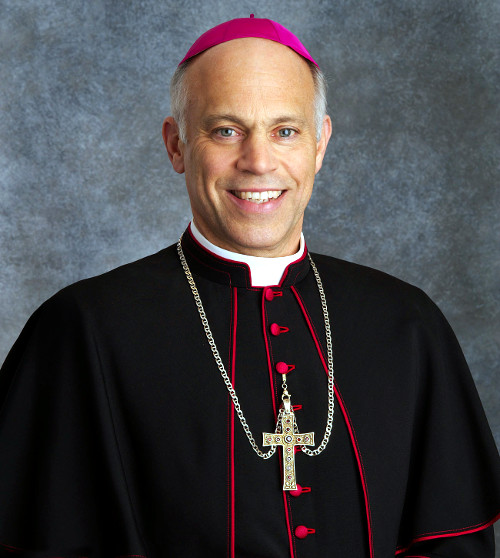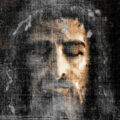
People are confused by gobs of secular group-think. At one time, folks held knowledge of truth (and living consistently with it) in high regard. Now, whatever the topic, it seems to go through a quick filter of “does it matter to me one way or the other?” If not, then go with the flow, live and let live, to each his own and who am I to judge? Truth is no longer an immutable fact, but equated with preference. What is right for you might not be right for me — so, truth is assumed to be relative.
We see this played-out in abortion politics. If a wanted child is killed in utero, that is considered murder (in most states). If that same child is unwanted and “terminated” by her mother at an even later stage, it is considered choice. The humanity of that child is true or false depending on it being wanted.
Most people today are atheists, agnostics or “nones.” Atheists at least have thought about God and have come to a conclusion, albeit an incorrect one. Agnostics and nones are more interesting because they simply do not care enough to find out. If there is a God, what could possibly be more important? The implications for everything are huge! It would seem that those who have not figured it out would spend as much effort as necessary to move themselves either to the faith or to the atheist column, yet do not bother.
There is a wide spectrum of those who claim faith. Many have confused religious belief with affirmation of whatever their fallen will desires. They will engage whatever faith community is easiest, most welcoming / accepting / affirming of their lifestyle and (current) values, involving no inconvenience and calling for no amendment of their life. It is also valued if “worship” is entertaining and fun. Social interactions with useful business or political networking is a plus. In reality, this is not so much about God as it is about themselves. Truth has little to do with it.
Moving further in the faith direction we come to those who hold a firm belief in a “higher power.” Just that, nothing more — no need to dig deeper or think anything through. Believers at this very low level are barely outside the agnostic / none camp. They move between Christian and broader faith communities with ease. Many would proudly describe themselves as “spiritual” and hold that all religions are equal. Their car bumpers typically sport “coexist” stickers.
At last we come to true Christians! By grace we are Christian believers, but have sadly landed in numerous, separated ecclesial communities. A large chunk of us believe in the Trinity and that the cross somehow saves us but know little more. There is, even among Christians, a common assumption that being a good person (just about everyone thinks they are one) is good enough (or at least not requiring much more than that). To my mind, such folks appear to be banking on their invincible ignorance to be sufficient. Like non-believers, they sadly miss lives blessed by abundant grace.
Distinct from these brothers and sisters, are those who care about and seek truth. In an ideal world, we would all be in this group! Devout Christians are open to the Holy Spirit, seek to know and understand what God has revealed, place God at the center of their lives, seek continuous conversion of themselves and a closer relationship with our Creator. This is the narrow road of truth that leads to eternal life.
Those of us who are baptized and confirmed are priests, prophets and kings. We have responsibility, not only to get ourselves to heaven but to bring as many others as possible along with us. That can only be done by keeping ourselves in that last group while evangelizing in love, those in all the others. This can not be done solely by example.
Preach the gospel at all times — if necessary, use words.
Something St. Francis of Assisi never said.

UPDATE: See also Karlo Broussard’s piece for Catholic Answers: Is It True that There Is No Truth?.
